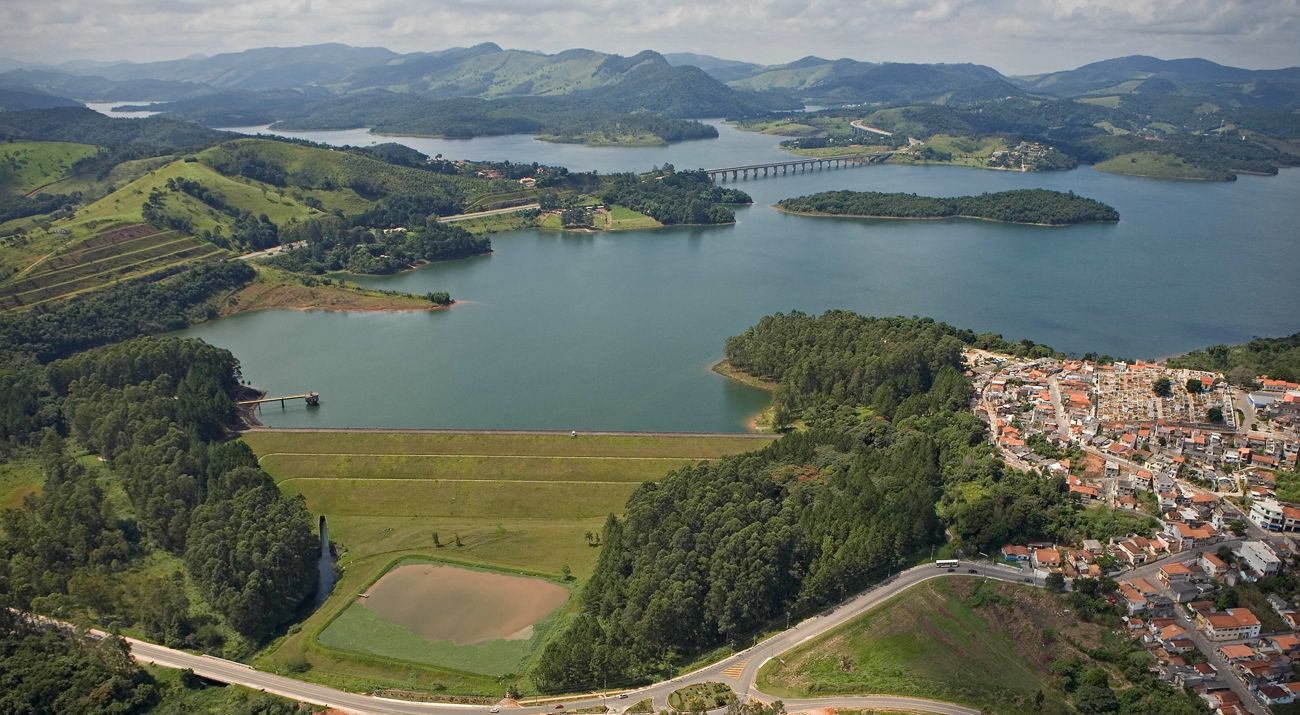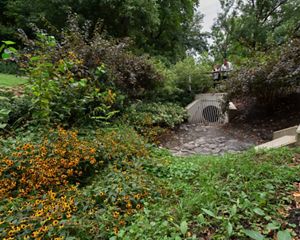Water Risk Grows
Increased water risk is one of the new phenomenon of the 21st century.
The United States, Chile, Australia, China and many other countries have experienced it firsthand. Cape Town, South Africa’s capital, may run out of water completely. Brazil’s Northeast region has suffered extended droughts for more than five years. The Federal District declared a state of emergency in 2017 and the dispute for water between the states of Rio de Janeiro and São Paulo ended up at the Supreme Court in 2015. Even after facing its most severe water crisis in 2014 and 2015, and since then reducing its water consumption by 15%, São Paulo’s Metropolitan Region(RMSP)’s water risk has not disappeared and population trends continue to reflect poor water stewardship.
The water crisis is considered a greater risk than terrorism, according to the 2018 Global Risks Report from the World Economic Forum. Companies are being impacted by loss of productivity. The Organization for the Economic Cooperation and Development (OECD) has estimated that the world’s water demand by 2050 will increase by approximately 53%, and by 79% in the BRICS (Brazil, Russia, India, China, South Africa). In Brazil, irrigation alone is expected to grow by nearly 45% over the next 15 years. In Tocantins, the increase will be 100%.
“Beyond the Source”, a study undertaken by The Nature Conservancy (TNC) and partners, identified that 40% of source watershed areas in 4,000 large and medium cities analyzed in the entire planet show moderate to high levels of degradation. In the case of RMSP, 70% of the forest cover has already been lost. Four out of five cities in the study could reduce nutrient and sediment pollution through forest protection, reforestation and improved agricultural practices. Estimates show that reducing sediments and nutrients by 10% in 90% of the analyzed basins, would require an increase in the annual funding allocated to environmental services programs from US$42 billion to US$48 billion. This figure represents about 7% to 8% of the global expenditure on water. For half of the cities in the study, source water protection could cost as little as two dollars or less per person per year.
During the 1990s, New York City invested US$ $1.5 billion in recovering and conserving watersheds and stopped spending nearly US$8 billion in the search for new water sources farther away and in chemically treating polluted water. In 2005, Extrema (MG) started the Water Conservation Program, which, among other instruments, was the first initiative of payment for environmental services in Brazil. The program helps protect and recover water springs, streams and rivers that supply the RMSP while generating benefits for rural landowners. Along with other actions, the municipality has attracted investments, received international awards and was classified by the Federation of Industries of Rio de Janeiro as the city with the best quality of life.
Quote
Nature-based solutions adopted in nearly 3% of priority areas in the Cantareira System and the Alto Tietê basins, can reduce by half the amount of sediments and nutrients in the region, with reduced costs.
Public policies are required to continue implementing these successful actions and taking them to scale. While the Brazilian Water Law has been enacted 21 years ago, the basin committees, one of its key management mechanisms, still need strengthening and remain unknown to Brazilian society, despite their vital role in addressing water challenges. Innovation and improvement of economic and financial instruments are also essential. An analysis of return on investment (ROI) of the Water Producer Program in Camboriú (Santa Catarina) conducted by TNC underpinned the decision of the Public Services Regulatory Agency of Santa Catarina to incorporate watershed conservation investments on water tariffs to ensure long-term funding for conservation.
Regulatory agencies in São Paulo and the Federal District are considering replicating this action. The Brazilian Association of Regulatory Agencies has brought up the issue to the Technical Chamber of Green Infrastructure for discussion.
Brazil must adopt a set of integrated actions (short, medium and long term) to reach a balance between managing both water supply and demand. These actions must include green infrastructure to improve water security and water management. In 2013, TNC Brazil demonstrated that nature-based solutions, adopted in about 3% of priority areas located in the Cantareira System and Alto Tietê basins, can reduce by 50% the amount of sediments and nutrients in the region, while reducing costs.
In 2015, the Cities for Water Coalition was created, a platform for collective and pre-competitive action that engages ordinary citizens and public and private actors in the adoption of climate adaptation and resilience strategies and improving water security both in rural and urban areas in Brazil. To date, nearly 30,000 hectares have been impacted, benefiting more than 2,500 families in the headwaters of river basins. Leveraged investment has reached almost R$ 200 million (US$61 million) in watershed conservation projects serving four metropolitan regions: São Paulo (SP), Rio de Janeiro (RJ), Federal District (DF) and Espírito Santo (ES), with a combined population totaling nearly 27 million inhabitants. These results have inspired us to scale this initiative in Brazil, and show its viability.
The United Nations established “Nature based solutions” as the theme for this year’s World Water Day, highlighting nature’s paramount role in solving 21st century water challenges, as damaged ecosystems have impacted both water quantity and quality. Hosted for the first time in Brazil and in the southern hemisphere, the 8th World Water Forum will be held March 18-23, bringing the spotlight on the importance of “sharing water”. The event presents another opportunity for Brazil to take action and foster a new water culture in our society.
Conserving and recovering our watersheds is crucial not only for biodiversity, but also to ensure our own water supply. Society may enjoy water security when it manages its water resources and services successfully, meeting the needs of water and sanitation for communities, while supporting agricultural production, industry and energy, and building healthy cities and resilient communities.
Samuel Barrêto, Water Manager for The Nature Conservancy (TNC).
This article was translated from the original in Portuguese “O risco hidrico cresce”, published in the Brazilian newspaper Valor Economico on March 9, 2018.

